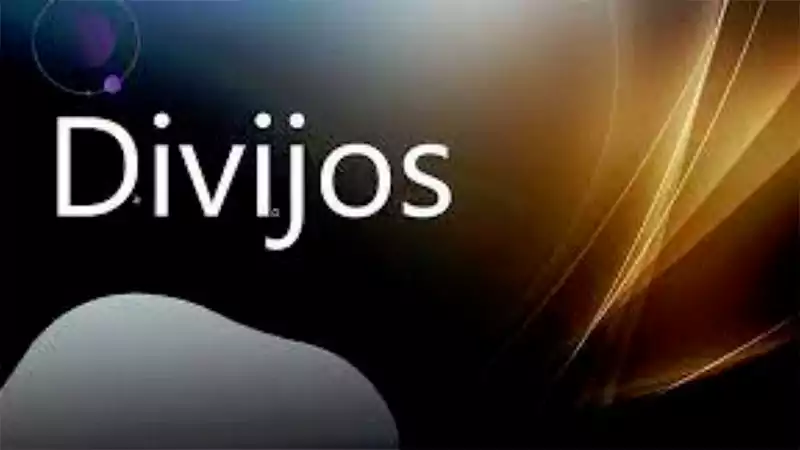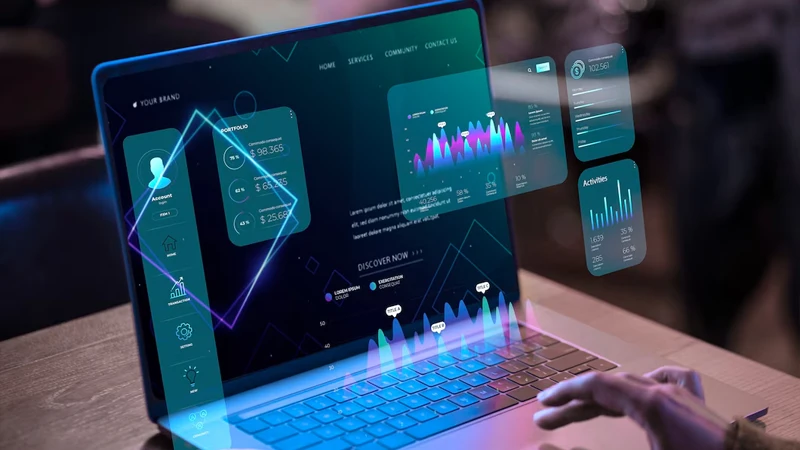20 Things to Know About Solidity Before Applying for a Blockchain Developer’s Job

Do you know that sharing business information and recording transactions has become more secure than ever? All thanks to the constantly-evolving blockchain technology.
Solidity: It is a new programming language but is of relatively a higher level used to transfer digital assets.
In this article, we will take you to the fundamentals of Blockchain technology, Solidity, and the related concepts with which you should be familiar before you delve into the market to apply for a blockchain developer job profile.
So, without any further ado, let’s get it.
What is Blockchain Technology?
Beginning with the primary term, Blockchain; it records the transactional data in the form of blocks. These blocks are linked to each other forming a complete chain of information using unique cryptography.
There are three main components of these blocks:
- A header part having a unique identification number is also called a hash of the block.
- Next to it is the data section, which contains the primary informational data of the transaction; these are like blocks that can be shared or accessed only from the systems which are connected through a P2P network.
- The unique id hash of the block imparts security.
These blockchains are majorly deployed for storing the monetary transitions in crypto. Also, to track goods within a business network.
Features of Blockchain Technology
This data cannot be manipulated because the transaction can be recorded only once; therefore, once the data has been entered, it cannot be changed.
- However, in the case when there is a fault in recording a transaction, a new one is required to be generated. In addition to this, both transactions are visible on the shared network.
- The records are almost impossible to manipulate because blockchain technology is created in a manner that requires the digital signature of the owner or the owners to authenticate.
We cannot ignore the fact that transactional records are the most sensitive data records, hence are more susceptible to cyber threats. Although, formerly, this information was taken care of either by the company themselves or they employed lawyers outside the organization that turned out to be time-consuming and costly too.
This can be bypassed by deploying the blockchain that facilitates quicker data maneuvering, hence, saving funds and time.
What is Ethereum and How It Works?
Well, Ethereum is a blockchain–supported computing network which is decentralized and supports smart contracts deployments. The decentralized is defined as a public access network that is not supervised by merely a single operating unit. Here, the data is managed and shared amongst the authorized members over a network.
Now, what are these smart contracts?
These are the chunks of codes that execute a transaction only when the pre-agreed conditions are met.
This also has its cryptocurrency, which is ETH, that can be utilized for buying or selling goods, such as NFTs, etc., on the digital platform. It is just like the other cryptocurrencies involved in this, such as Tether, Bitcoin, and much more.
This platform can also be utilized for hosting or creating advanced financial or gaming applications, which can help the smart contracts that can be processed over this advanced technology, along with storing the data, handling transactions, or tracking the assets.
What are Smart Contracts?
These are the programs written using a programming language and are stored in the blockchain environment. These run when the pre-established conditions are completely fulfilled; for example,
Let’s suppose there are two parties, one is a seller, and the other is the buyer. Consider that they agreed to make a trade on a scheduled date. They can set up their coded agreement based on the ‘if-then’ set rules.
Therefore, when the conditions are met, the contract executes, and digital payment is credited (in cryptocurrencies) to the assigned party. Here, lawyers are not required to overlook the complaints.
Solidity is the language that works behind generating Smart contracts for EVM (Ethereum Virtual Machine).
What is Solidity?
It is an object-oriented programming language fairly similar to C, javascript, or Python. This can also be deployed with the libraries for supporting the inheritance.
The code begins with defining the compiler version, which is used in the code using the version pragma. It is always advised to use the advanced version to utilize the benefits of the latest features and prevent computer-related errors.
In addition to this, it is one of the prominent coding languages which is utilized for programming smart contracts at Ethereum that can run on EVM.
However, this uses an Application Binary Interface, i.e., ABI, due to which the code first gets encoded to binary so that it can be understood by the EVM. Due to the presence of the ABI, users can understand how one can interact with the encoded data and also decode how it communicates with another one.
Additionally, whenever a user wants to send a Solidity contract on Ethereum, they are supposed to pay some fee to occupy the space on the blockchain. This is called a gas fee for every data that the user wants to store or function that is required to be created at the contract. The computational capacity is directly proportional to the gas required to be paid.
20 Things You Should Know About Solidity: Features of Solidity
To kickstart your journey, you can hop into courses offered, such as RareSkills’ resource for learning Solidity, jump to the boot camps to get practical experience of the language and explore more in this field.
Although it is a good thought to start quickly, before you begin, it is important to know the elementary concepts of cryptocurrency, blockchain, EVM, smart contracts, and their respective applications. Here are those must-know things explained here:
- It is deployed for creating decentralized apps which can be built on Ethereum. These apps work in an open environment where data is decentralized.
- The language requires static typing, just like the other web development languages, where variables should be declared or specified along with their respective data types while writing the code.
- Signed integers are used to define values in Solidity which accepts both positive and negative integers or unsigned integers. By default, only positive integer values are acceptable.
- The members associated with the network can stay updated with the activities happening across the network.
- The string array and byte array are the two special resizable container types. Additionally, it supports single and multi-dimensional arrays within it.
- The scope of errors is zero or nil as the data, once entered, cannot be reversed.
- Using structs and enum, a programmer can define complex data types.
- View and pure are the two types of function modifiers here. View-defined functions read the data but aren’t supposed to change it, whereas ‘pure’ defined functions can be written or read.
- In addition to this, it can associate with a range of data types, like, addresses, arrays, booleans, literals, enums, integers, and much more.
- Local, state, and global are the three types of variables here. The state variable values are stored once and for all. Local variables assigned values are used within a function, whereas the global variables stay through the whole coded program.
- Modifiers are used to predefine conditions. For a function, multiple modifiers or conditions can be deployed. This cut the quantity of code to make it more readable.
- Here, you can call a function from another contract too.
- This can be used for developing crowdfunding apps, DApps, lending platforms, financial platforms, etc. using Solidity.
- This is meant to work for EVM, which separates it from other programming languages. This is deployed to create smart contracts, whereas others, like Javascript are deployed to create apps for mobile and web.
- A Solidity developer must be equipped with cybersecurity knowledge, too, so that such threats can be prevented from harming the monetary sensitive information within the smart contracts.
- Additionally, you must know the protocols, algorithms, and principles of blockchain along with the framework of the DApps to create more advanced contracts.
- Remix IDE can be used to compile, run, and test codes.
- A solidified contract is a class for other OOLs that include declarations for events, variables, functions, and much more.
- For loop, while loop, and do while loop are also supported in Solidity to perform repetitive actions easily. The infinite loop should be avoided as it makes you spend more gas fees due to which contracts might fail to execute.
- Tokens store and handle the data in solidity. There are four types, Identifiers, Literals, Punctuations, and Keywords.
Conclusion:
Solidity is a very simple and user-friendly language that can be learned by anyone, irrespective of their educational background. However, if you do not have any programming experience, you need to spend more time here. But, don’t worry; once you get familiar with the fundamentals, you will feel confident to learn advanced concepts.
So, if you want to get yourself into crypto to explore how the world of blockchain works, or even aspire to be a blockchain developer, you should step-up to learn Solidity first.
Hope you have enjoyed reading this; all the Best!







